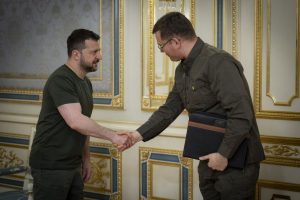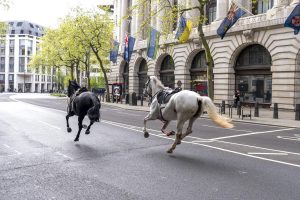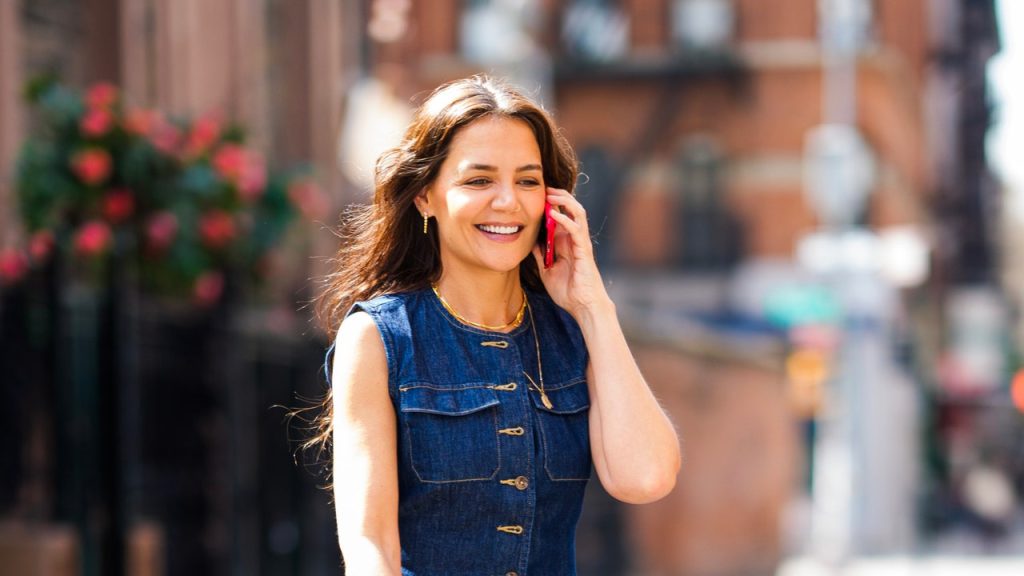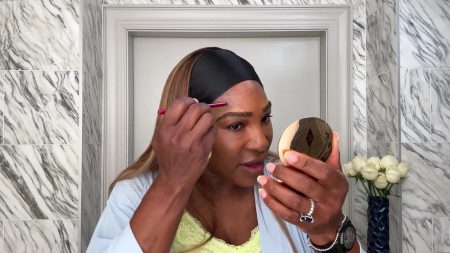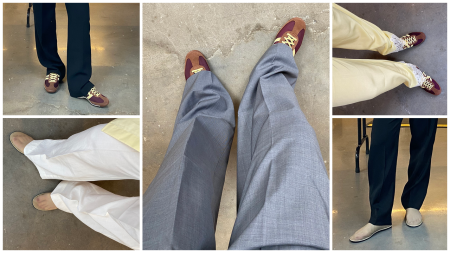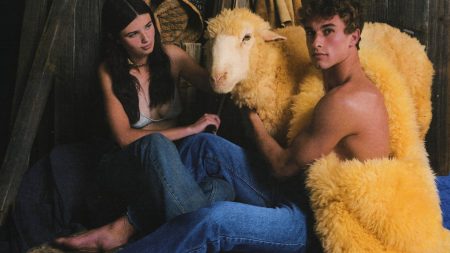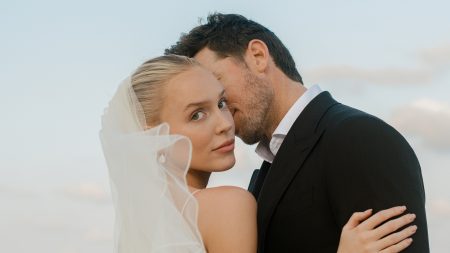Vogue features independently selected products, and may earn affiliate revenue when readers purchase items through the site. The denim-vest trend is gaining popularity, following the rise of vests in fashion in recent seasons. Initially seen in menswear-inspired suiting, the trend has now expanded into everyday wear with a laid-back denim collection. Designers like Sergio Hudson and Dsquared2 have embraced the Western-inspired trend, with Katie Holmes spotted wearing a modernized denim vest by Banana Republic.
The versatility of denim vests allows for a variety of styling options. Katie Holmes paired hers with matching flare jeans, but the trend can also be worn with a maxiskirt for a polished twist, or paired with pleated pants for a sophisticated look. This trend offers a subtle way to incorporate Western-inspired elements into a wardrobe without going overboard. Some denim vest options to consider include Remain Birger Christensen’s sleeveless denim waistcoat, Agolde’s Heller organic denim vest, and Ronny Kobo’s Guise shrunken denim vest.
The denim-vest trend extends beyond just casual wear, as designers and celebrities have found ways to incorporate it into more formal or edgy outfits. Sergio Hudson layered a denim vest over a shirt and tie for a sophisticated look, while Dsquared2 offered a rock-and-roll take on the trend in their resort 2024 collection. Katie Holmes’ modernized denim vest ensemble demonstrates how the trend can be styled in different ways to suit individual preferences and occasions.
Street style icons and celebrities like Katie Holmes are already embracing the denim-vest trend, showcasing its versatility and appeal. By pairing a denim vest with a variety of bottoms, such as maxi skirts or pleated pants, individuals can experiment with different looks while incorporating Western-inspired elements into their outfits. The trend offers a contemporary twist on a classic style, making it a popular choice among fashion-forward individuals looking to stay on-trend.
For those hesitant about fully committing to the Western-inspired trend, a denim vest provides an easy entry point to test the waters. Whether worn with matching denim pieces or styled with unexpected pairings, the denim-vest trend offers a versatile and accessible option for individuals looking to update their wardrobe. With various designers and brands offering their take on the trend, there are plenty of options to choose from to incorporate this popular style into your everyday looks.
Overall, the denim-vest trend has gained momentum in the fashion world, with designers and celebrities alike showcasing creative ways to incorporate this Western-inspired element into everyday wear. From structured silhouettes to laid-back denim styles, the trend offers a range of options for individuals to experiment with and personalize to their own taste. Whether worn casually or dressed up for more formal occasions, the denim vest remains a versatile and stylish choice for those looking to stay on-trend.


